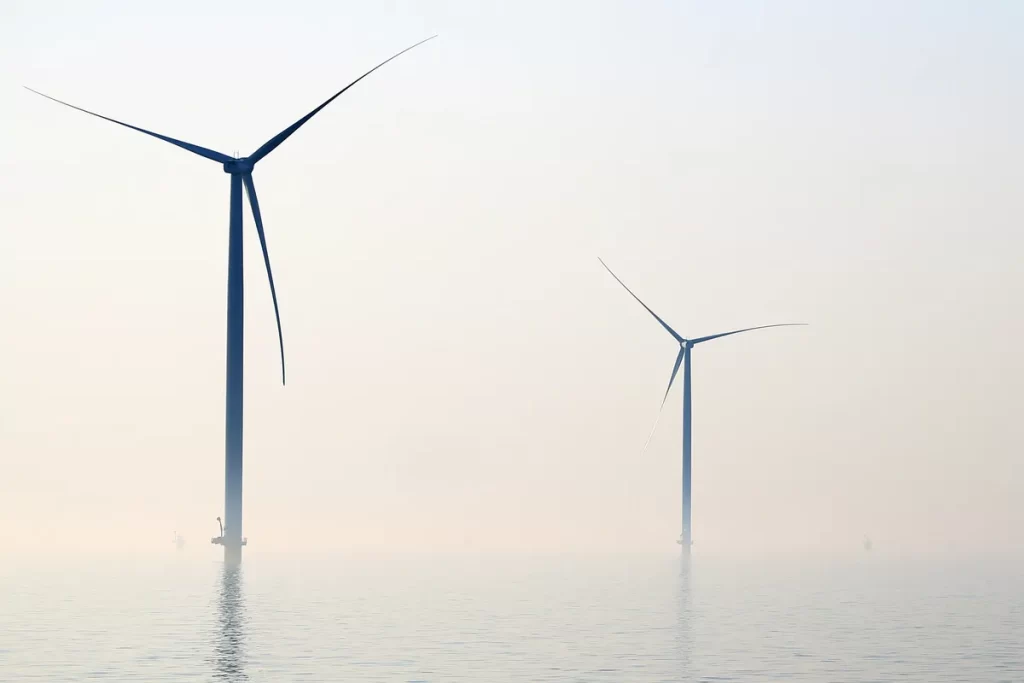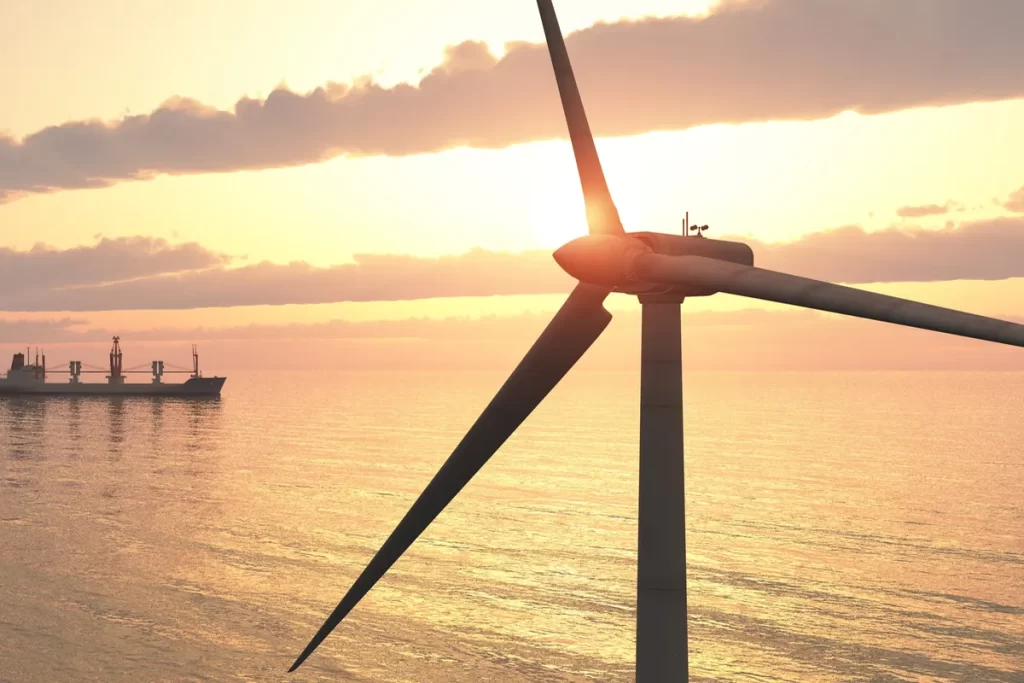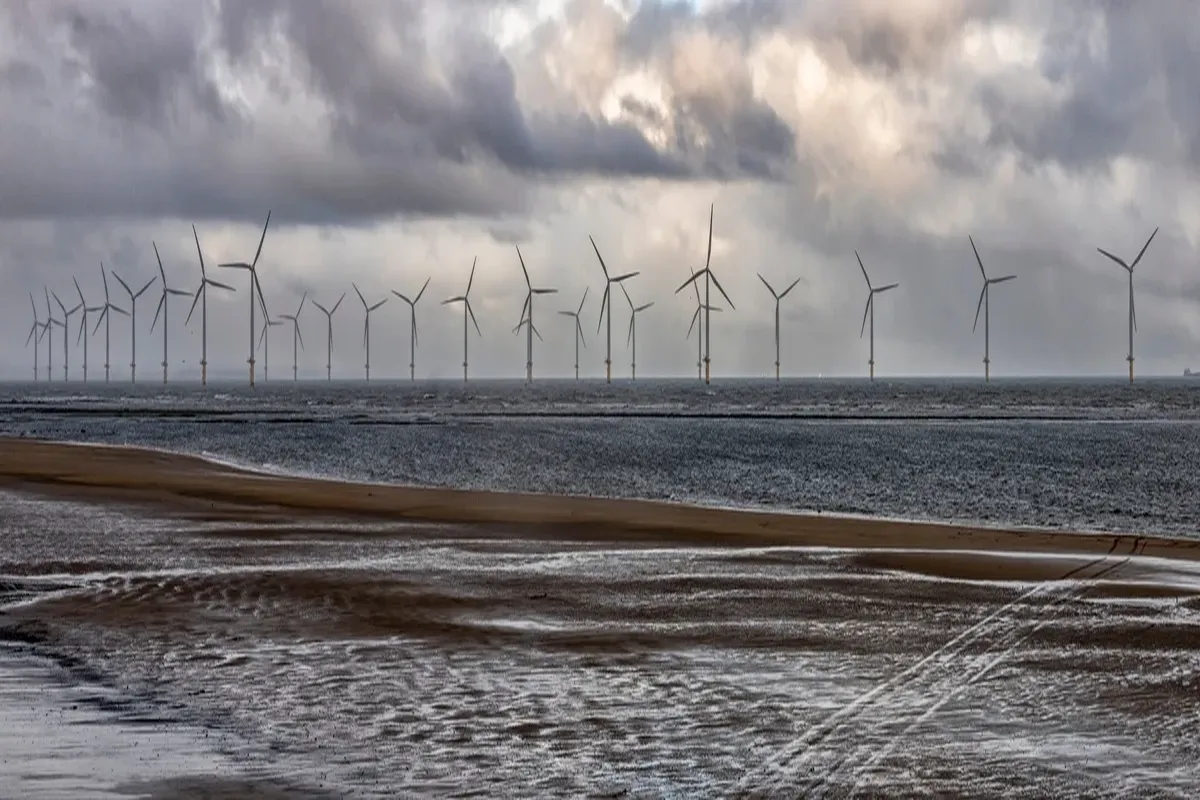Offshore wind energy has been making waves in the renewable energy sector, offering the potential for significant clean power generation. As countries around the world strive to reduce their reliance on fossil fuels, offshore wind turbines are becoming an increasingly popular option. In this blog post, we’ll explore the advantages and drawbacks of offshore wind energy, as well as the future developments and innovations in this exciting field.
The Advantages of Offshore Wind Energy
Stronger and More Consistent Winds
Offshore wind turbines can take advantage of the stronger and more consistent winds found at sea compared to those on land. These conditions allow for higher energy production and increased efficiency, making offshore wind farms more productive than their onshore counterparts. The increased wind speeds offshore lead to a higher capacity factor, which is the ratio of actual energy output to the maximum possible output over time. This results in more reliable energy production, making offshore wind a valuable addition to the energy grid.
Reduced Visual and Noise Impacts
Since offshore wind farms are located far from shore, they have fewer visual and noise impacts on communities. This reduces opposition to wind energy projects and allows for larger installations without disrupting the surrounding environment. Offshore wind farms can be built with greater freedom in terms of their layout and spacing, providing designers with more flexibility to optimize energy production while minimizing any potential impacts on marine life or navigation.
Less Competition for Land
Offshore wind turbines don’t compete for valuable land resources, leaving more space available for other uses, such as agriculture, conservation, and urban development. This can be particularly advantageous in densely populated areas or regions with limited land availability. Additionally, offshore wind installations avoid conflicts with land-based stakeholders, such as property owners, local governments, and indigenous communities, which can sometimes hinder onshore wind development.

Job Creation and Economic Development
Offshore wind energy projects can create numerous jobs, both during the construction phase and for ongoing operations and maintenance. This job creation extends beyond the wind industry itself, benefiting sectors such as shipping, manufacturing, and port operations. Offshore wind projects can also contribute to the economic development of coastal communities, providing a new and sustainable source of income and investment.
The Challenges of Offshore Wind Energy
Higher Installation and Maintenance Costs
Offshore wind energy projects often have higher installation and maintenance costs than onshore projects. The need for specialized vessels, harsher weather conditions, and the logistical challenges of working at sea can all contribute to increased expenses. The offshore environment exposes wind turbines and their components to saltwater corrosion, extreme weather, and more frequent maintenance requirements, which can lead to higher lifetime costs compared to onshore installations. However, the increased energy production and capacity factors can help to offset these higher costs over time.
Environmental and Marine Life Impacts
Offshore wind farms can impact marine ecosystems and wildlife, including birds, fish, and marine mammals. Construction activities like pile-driving can generate underwater noise that may affect marine species. Additionally, there is the potential for collisions between birds and turbine blades or disturbances to marine mammals due to the presence of turbines. While research is ongoing, efforts to minimize these impacts through responsible siting, design, and monitoring are essential. Adaptive management strategies and the use of technology, such as radar systems to detect birds and marine mammal deterrent devices, can help mitigate these impacts and ensure the sustainable development of offshore wind energy.
Grid Connection and Transmission
Connecting offshore wind farms to the power grid can be complex and costly. Submarine cables and specialized equipment are required to transmit the electricity generated at sea to the mainland grid, adding to the overall cost of these projects. Additionally, integrating offshore wind power into the existing grid infrastructure can be challenging. It may require upgrading substations, transmission lines, and other components to accommodate the increased power supply.
Regulatory and Permitting Challenges
Offshore wind energy projects often involve navigating a complex web of regulations, permits, and stakeholder negotiations. In many countries, multiple government agencies oversee the permitting process for offshore wind farms, and extensive environmental impact assessments are required. Ensuring compliance with these requirements can be time-consuming and costly, potentially delaying project development or increasing overall costs.
Future Developments in Offshore Wind Energy
Floating Wind Turbines
Floating wind turbines are an emerging technology that can unlock wind energy potential in deeper waters, where fixed-bottom turbines are not feasible. These turbines are anchored to the ocean floor using mooring systems, allowing for installations in areas with strong, consistent winds that are currently untapped. As floating wind turbine technology matures, the cost of these installations is expected to decrease, making them more competitive with fixed-bottom designs and opening up vast new areas for wind energy development.

Increasing Turbine Size and Efficiency
Advancements in wind turbine design and materials have led to the development of larger, more efficient offshore wind turbines. These turbines can generate more power per installation, reducing the overall number of turbines needed and the associated environmental impacts. In addition, increased rotor diameters and improved aerodynamics can lead to higher energy capture, further boosting the efficiency and output of offshore wind farms.
Energy Storage and Grid Integration
As offshore wind energy production increases, integrating this power into the grid becomes increasingly important. Energy storage technologies, such as batteries or pumped hydro storage, can help to smooth out the variable nature of wind power and ensure a consistent supply of electricity. In addition, advances in grid management and smart grid technologies can help to optimize the integration of offshore wind power, reducing the need for additional infrastructure investments and improving overall system reliability.
International Cooperation and Investment
As countries around the world recognize the potential of offshore wind energy, international cooperation and investment in this sector are on the rise. Collaborative research, shared infrastructure, and joint ventures can all contribute to the continued growth and development of offshore wind energy. By pooling resources and expertise, countries can overcome common challenges, accelerate technological advancements, and drive down costs, making offshore wind energy an increasingly attractive option for clean power generation.
Conclusion
Offshore wind turbines offer significant advantages in harnessing clean energy from strong and consistent winds at sea. Despite the challenges, innovations in technology and increased international cooperation are driving the industry forward. As the world continues to seek sustainable energy solutions, offshore wind energy will undoubtedly play a crucial role in the transition to a greener, more sustainable future. By addressing the challenges and continuing to develop new technologies and strategies, we can unlock the full potential of offshore wind power and make it an integral part of our global energy mix.

